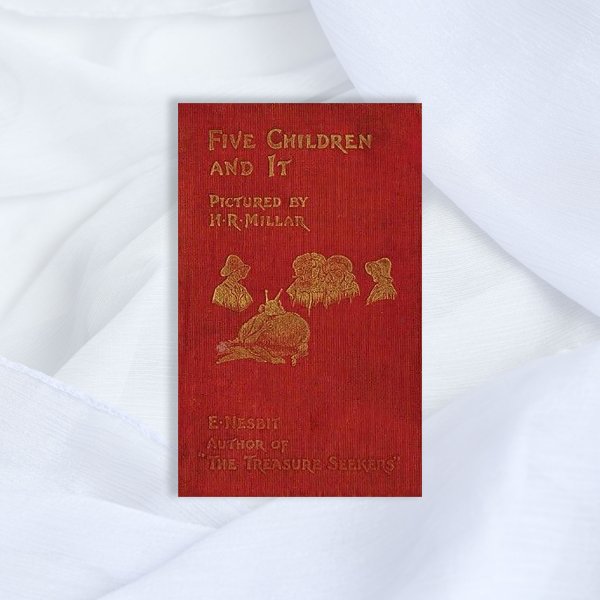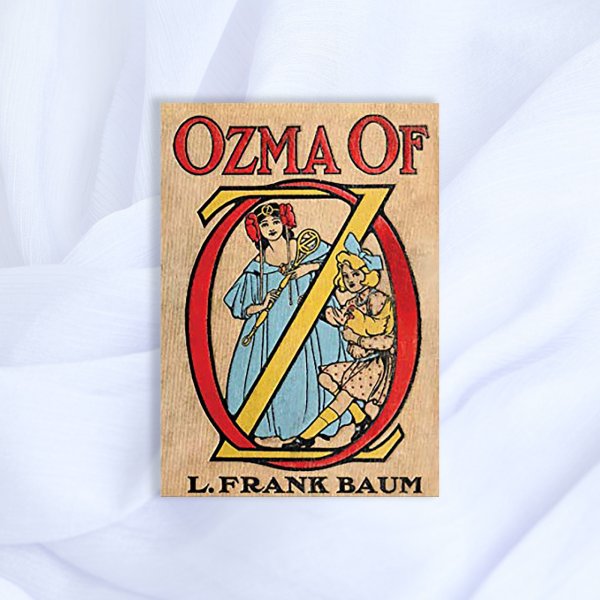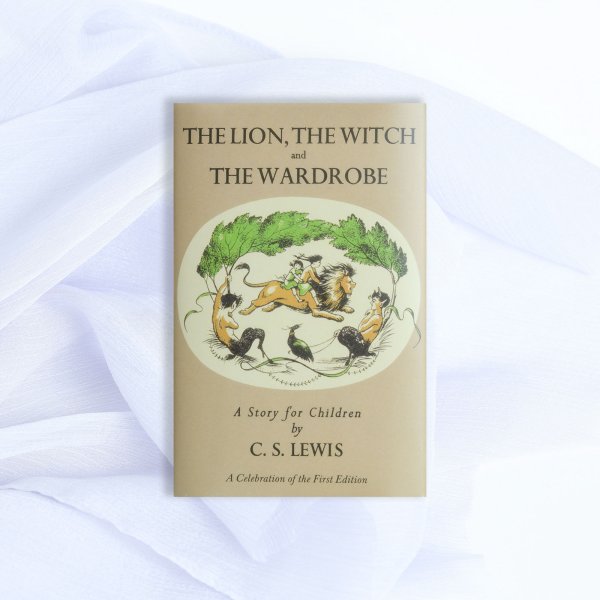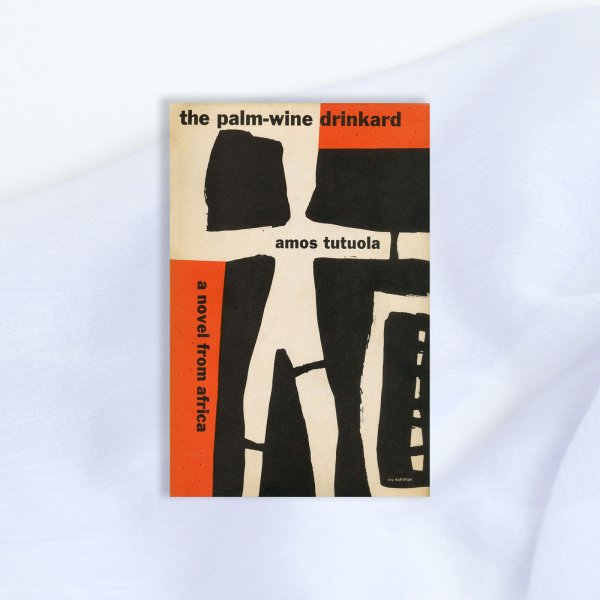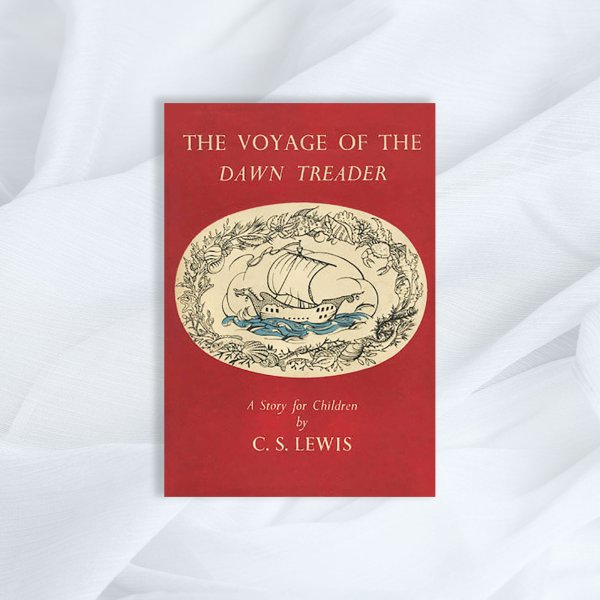Decades of adaptation and consolidation have jumbled Lewis Carroll’s two Alice books in our collective memory, with Alice’s Adventures in Wonderland largely subsuming its 1871 sequel, Through the Looking-Glass. But it was Looking-Glass that introduced indelible English nursery-rhyme characters like Humpty-Dumpty and the quarrelsome twins Tweedledee and Tweedledum into Alice’s world. You can find “Jabberwocky” and “The Walrus and the Carpenter,” two of Carroll’s best-loved poems, within its pages. And though it revisits its protagonist just six months after Wonderland, the sequel is substantially more sophisticated than its predecessor, using chess as a central metaphor to trace Alice’s ascent from pawn to queen. Readers who missed out on the second half of Alice’s adventures as kids might be surprised to discover as adults how much offbeat insight they offer into the chessboard-like machinations of life. —Judy Berman
Buy Now: Through the Looking-Glass on Bookshop | Amazon
- Cybersecurity Experts Are Sounding the Alarm on DOGE
- Meet the 2025 Women of the Year
- The Harsh Truth About Disability Inclusion
- Why Do More Young Adults Have Cancer?
- Colman Domingo Leads With Radical Love
- How to Get Better at Doing Things Alone
- Michelle Zauner Stares Down the Darkness

